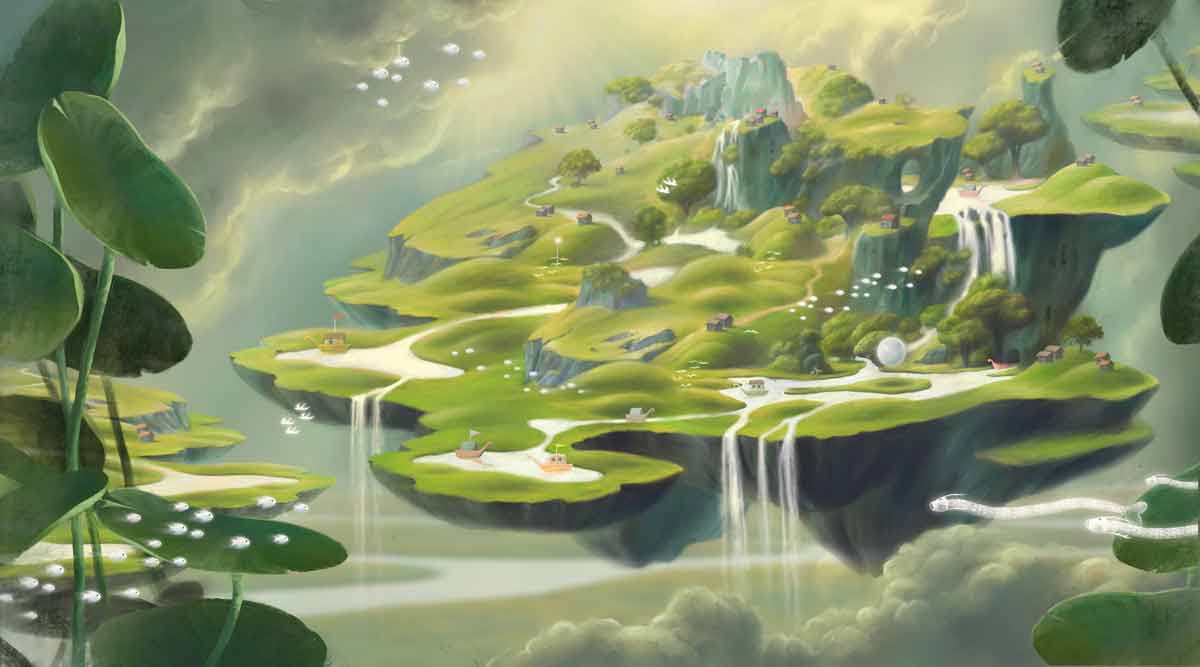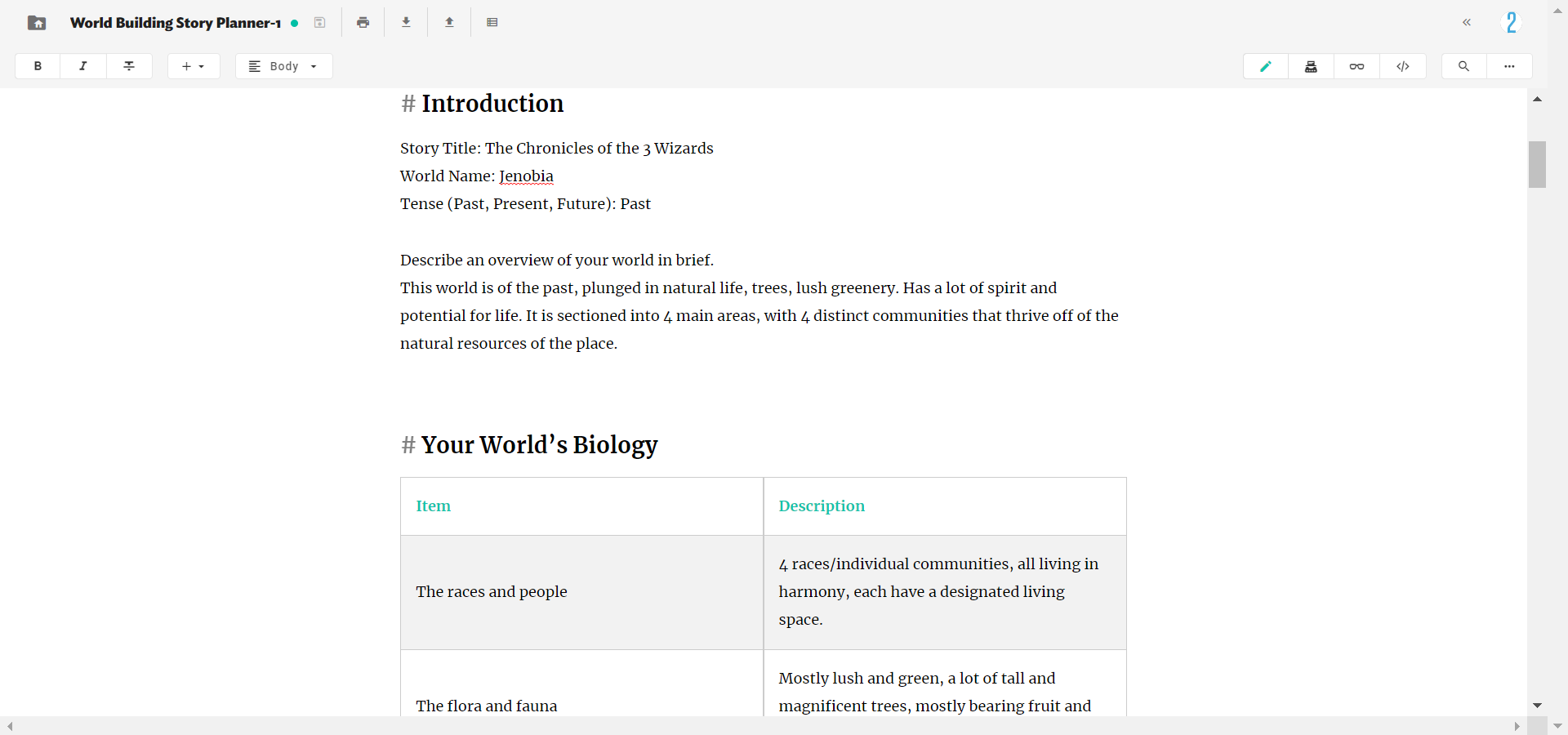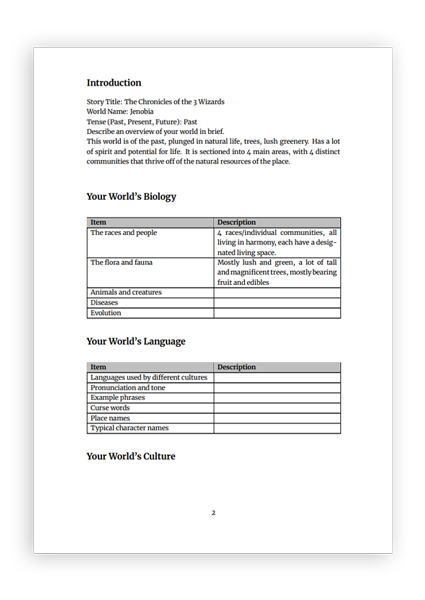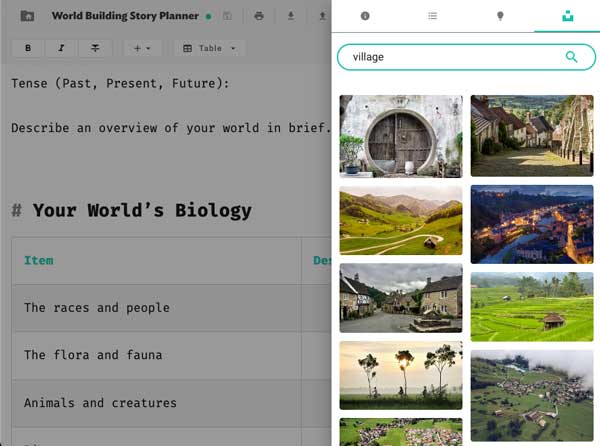A Guide To World Building - How to Write an Immersive, Believable World
Create an immersive and engaging world for your readers to lose themselves in while reading your story would make their experience unforgettable. Here are some things you can think about while constructing your imagined world.

Working towards the aspiration of writing the next best-selling novel needs an amalgamation of multiple elements and factors. Together with having a passion for words and story-telling, and the determination and grit to pull yourself through the multiple processes involved in crafting your novel, you need to hone the ability of reeling your audience and readers in and retaining their attention throughout your book.
To get readers invested in your story, more than just skillful writing and colorful vocabulary will be required. Seizing their attention from the get-go can be accomplished by creating an imagined world that your readers can get lost in and experience even on a sensory level through vivid descriptions and enticing details

What is World Building?
Whether you're writing a novel, drafting the script for a film, or devising a video game, world building encompasses of building an imagined world that your audience can immerse themselves in and experience your story from.
World building in novels refers to the process of crafting and creating a fictional world for your story and it's characters to exist in. This existence should ideally extend to your readers' state of mind and imagination while reading your novel as well. While you construct a completely new and unique world and landscape for your novel through world building, this imagined world should still replicate the dynamics of, and feel like a real world.
With elements that your story calls for, such as exotic or extra-terrestrial creatures, societies and communities, species, religions, and governing bodies, the process of robust world building and creation feeds the writer and gives them a clearer understanding of the nature, tone, and character of their story, and the end-product should reflect a well-thought through and all-rounded imagined world that readers can lose themselves in.
Why is it Important?
Creating an immersive world and making this fictional, imagined world feel as real and as close as possible to the world that you and your readers live in is crucial in elevating your readers' experience. Providing details that would stir their imagination and even activate multiple senses would heighten the way in which they experience your story and the plot.
The imaginary world that is built, often from scratch, would serve the primary purpose of providing the place and space in which your story unfolds. As the setting and backdrop against which your plot materializes, it anchors the reader into your novel. This process is especially crucial in fantasy or science-fiction novels, given the nature of the genre. These genres rely heavily on fantasy world-building, like popular series and books such as Harry Potter, Lord of the Rings, Star Wars, Avatar, and Game of Thrones. These worlds are populated and characterized by nuanced and layered physical settings, forms of life, customs, and even systems of language.

Photo by World of Magic on Unsplash
Elements of a Fictional World
Here are some elements you can see being brainstormed in the process of world building, or see present in an imagined world.
- Physical landscape
- People/creatures/living beings
- Governing bodies
- Leaders
- Religion
- Cultural codes
- History
- Magic Systems
- Sci-Fi Elements
- Language/Communicative Systems
How to Build an Imagined World
1. Settle on a genre
The genre of your novel plays a large role in how your imagined world is going to materialize. Deciding whether it's a dystopian novel, or set in a post-apocalyptic period, or a fantasy novel, whether it takes place on Earth or on an alternate reality, or on another planet, etc. are things that would heavily influence how the physical landscapes of your world are going to look like. Deciding on the over-arching theme of your novel first would set you in the right direction.
2. Decide on the major world characteristics
Once you locked the outline of the physicality of your imagined world, you can now build upon this progressively with more characterizing elements. Decide on the aspects that excite you the most about this imagined world of yours, and would set it apart from the rest in other novels.
Be it the words and and language used by the world's inhabitants and living beings, or architecture by the inhabitants or the apocalyptic landscape, pick the aspect of the world you’re most excited about exploring and start there. Outlining and knowing this will also help you to further figure out the overall tone and mood of your world and your story.
3. Build and add details to the physical environment
Now that you've gotten a good grasp of how you want your imagined world to look like, start to build and describe these elements in detail. Your descriptions should paint a vivid picture for your readers, and transports them into the landscape of your story through imagination. The more vivid and enticing these description, the more sensory and engaging their reading experience would be.
As you start to build and describe the physicality, here are some things you can start to think about for your story :
- Has the terrain changed over time?
- How would this physical landscape and terrain impact your story?
- Would the terrain continue to change over time?
- What is weather like in this imaginary world?
- Are the borders clear?
- Are there water bodies?
- Are it's inhabitants nomadic?
- Are there natural resources and do they impact the inhabitants and the story?
For a more robust world building guide, you can download JotterPad's world building story planner template to help you along this process.

This world building story planner template can help you achieve an all-rounded and well thought out imagined world with prompts that cover multiple spheres such as an economical system, biology, possible technology, the landscape and physical settings, culture, the language system, and more. After filling in the template, have all your information compiled and formatted into a document that is easy for you to reference anytime during your writing process

Upon filling in the template and consolidating al the details of your imagined world, you can then look through JotterPad's collection from high-quality images from Unsplash for some visual inspiration for the physical environment you have outlined. You can search up these images within the app itself, and add them into your document if you deem fit.

If you have collected some images and visual references for your imagined world yourself, feel free to add your very own images from your galleries into their Markdown/text files from URLs. Add and save images in Markdown files from your own gallery, have them uploaded to the cloud, and then add them to your documents. Images of multiple file types, such as jpeg, jpg, png, svg, and gif can be added to your documents to supplement your world-building process with visual references that you like.

4. Populate your world
Next, you can ruminate over who or what you want the inhabitants of this world to be. They need not be people, of course. They could be, simplistically, anything you want them to be. Human-like, animal-like, a meld of both, completely alien, a completely new species that is unheard of. This is up to your imagination.
5. Define cultures and communities
To help you define your inhabitants' culture or communities that could exist amongst them, here are some guiding question you can look to and answer :
- How big is your inhabitant population?
- Have they been there for an extended period of time?
- Are they nomadic?
- Have they been your world's inhabitants before your story?
- Can they be categorized by gender or race?
- Do they have any sacred customs?
- What do they celebrate?
- What language do they speak?
- Are there multiple species existing?
- What resources do they use and need?

Photo by Shane Rounce on Unsplash
6. Define rules and laws
The inhabitants who now populate your imagined world exist in their own right. To make this imagined world seem and feel as real as possible to your readers, dive deep into their independent existence and probe into real-world like preoccupations such as the existence of a governing system, leaders, customs, laws, cultural codes, etc. Defining these codes of conduct and boundaries emulates the real world and it's functioning , making it a little more believable.
Delve into what the inhabitants of your world may believe in and subscribe to as a whole and individually. You could even explore the ideas of a religion and gods existing in this reality. This is your chance to imbue these beings with life and even human-like characteristics.
Here are some questions you can look to answer to help you define this :
- Is there a class or hierarchy system?
- Is there an existing regime? Totalitarian, authoritarian, democratic?
- Are inhabitants punished if they defy rules?
- Do different groups live in harmony?
- Is there conflict?
- Do different social classes clash?
- Is society fair in this imagined world?
7. Outline a history
To add context and even richer grounding to your imagined world, you could look into developing a history for the place that you've created. How did this place come to be? Does the current climate reflect dynamics that are significantly different from a different time? Was it uninhabited at any point? Adding layers of information through a backstory for your imagined world can add a dimension to it and make it seem more tangible to readers.
Happy writing!

